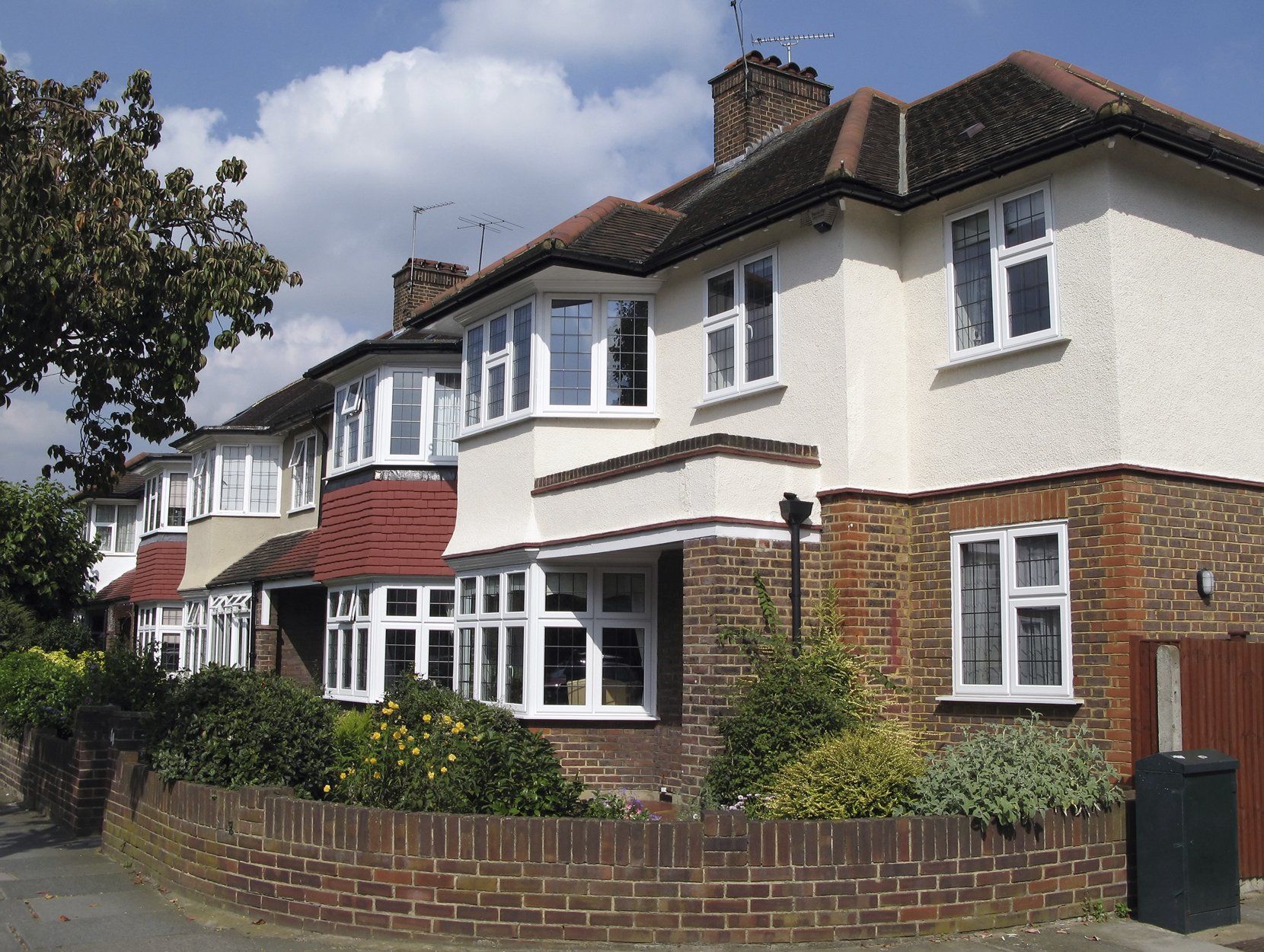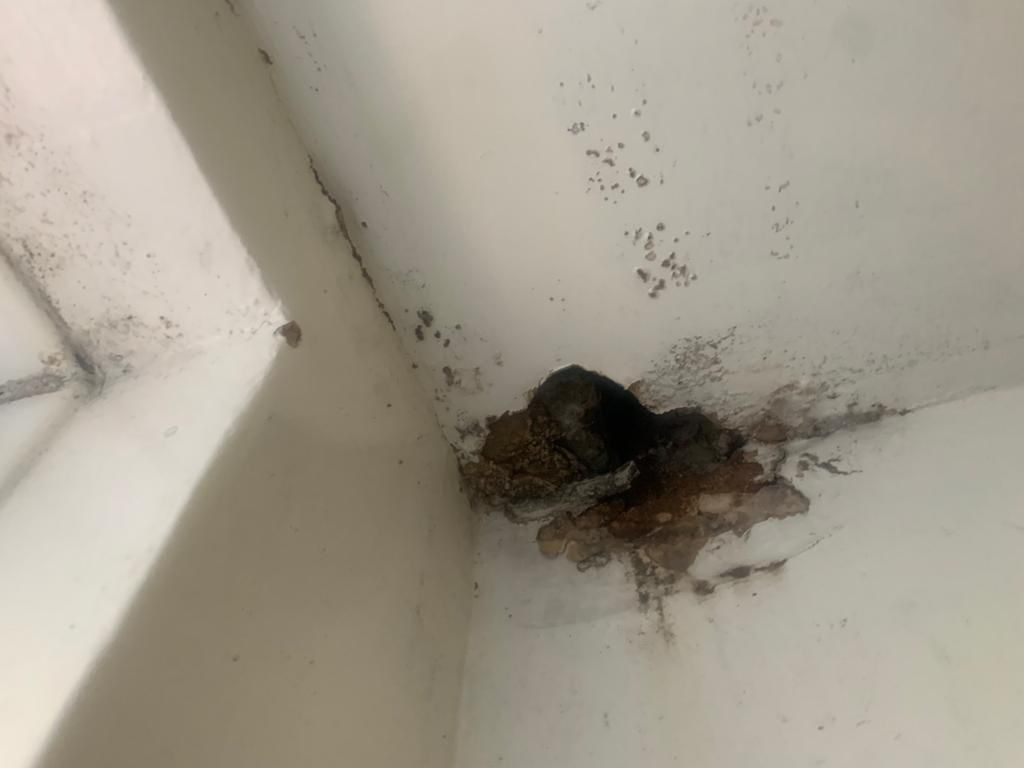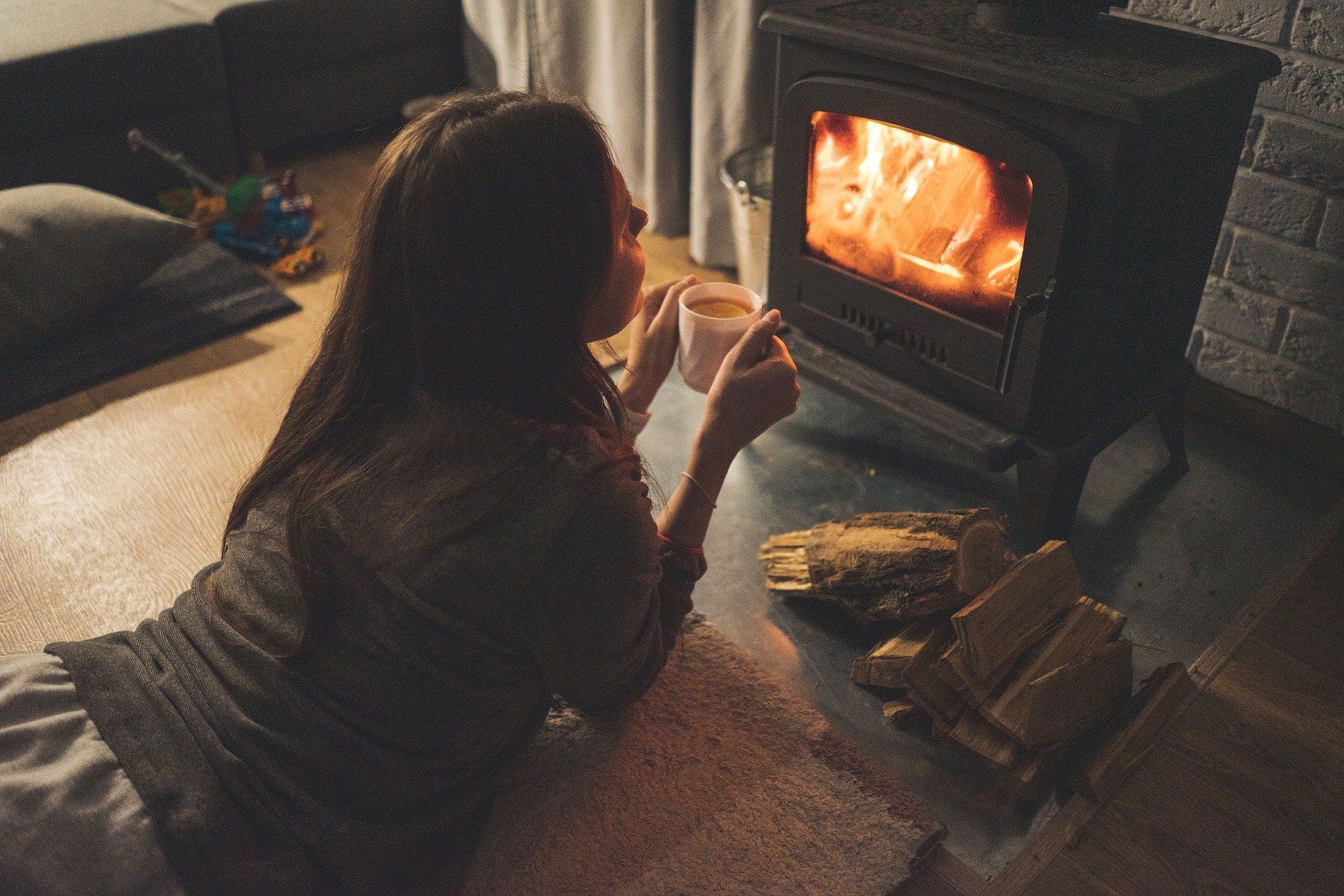What is Dry Rot, and is it in your home?
Many homes have dry rot, and you may not even realise.
So, what is dry rot, can we prevent it, and what should you/your landlord do about it?

What is Dry Rot?
Dry rot is essentially a wood decay caused by fungi which can ruin wooden structures outside and inside of your home. Scientifically, dry rot (also called brown rot) occurs when the fungi breaks down components of the wood which give the wood the strength it needs.
Once dry rot occurs and spreads, it makes the wood weak and brittle, causing structural problems. Dry rot usually happens after a period of damp.
How do you identify Dry Rot?
- Check for fungus - Fungus looks like cotton wool and may have water droplets if the surrounding areas are humid, moist, or damp. It may also have a flat, skin like growth (resembles a mushroom) on the wood.
- The wood may start to sink or shrink.
- The wood may become dark, and cracks begin to show in the wood structure.
What prevents Dry Rot?
- Painting – Any wood that is being used outdoors, make sure it is primed on all sides before painting.
- Plumbing – The most common cause of dry rot is water, which in most households is caused by leaks. Check underneath cabinets /vanities around toilets, sinks etc. in your home.
- Ventilation – Having your home well ventilated will prevent condensation, which can be the first cause of water seeping into your wood, which then can become the start of dry rot. Make sure your bathrooms, kitchen and attic are properly ventilated, eliminating any moisture from the air in your home.
- Landscaping – Check outside pipes, guttering, are not in a position to get into the woodwork of your home, for example hitting windows. Install gutters to direct rainwater away from your home’s wall/foundation. If you have any decking, make sure it is properly sealed and if possible, built on a slight slope so water will shed easily.
- Roofing – Make sure your roof is up to standards. Having your roof checked at least once a year should identify and prevent any potential mould, water damage or dry rot.
- Dehumidifiers – Buy a dehumidifier and place in all rooms of your house.
How does Dry Rot spread?
Dry rot is a fungus that produces spores, which spread in the air germinating any other wood it lays on. However, in order for those spores to grow, they need moisture, food(wood), warmth and oxygen.
If Dry Rot cannot be stopped from spreading, the wood it lands on will weaken to the point it could literally disintegrate.

How do you fix Dry Rot?
Most amounts of dry rot can be repaired; however, it is not recommended if the wood is providing structural stability in your home. If Dry Rot has affected anything like beams, flooring, joints, they should be replaced by a professional, not ‘repaired’.
Although, it is important to remember when you are either fixing or replacing the affected wood, that you eliminate the possibility of it coming back, i.e., locate, then eliminate, the moisture source.
It is recommended that a professional is used to remove/fix dry rot, as you run a risk of not getting all the affected wood and allowing the fungus to spread deeper into the structure of your home. All the sources should be thoroughly cleaned.

If you find Dry Rot in your rented home
Landlords have a responsibility to ensure their tenants have a safe living space, as the state of a rental property will have major effects on both mental and physical health. If you are renting your home, it is important you alert your landlord as soon as possible, not only for your own safety but for the future safety of the property.
If you are living in a rented property, your landlord has requirements by law to provide a suitable, safe and habitable property which means keeping your home in a state of repair.
The main responsibilities for the landlord are;
- Installations at the property (water, gas, sanitation, heating, and electricity etc.)
- Structure of the property (drains, gutters, pipes, walls, flooring etc.)
Issues in your home are considered ‘disrepair’, Dry Rot is one of them. If you feel your property may be in a state of disrepair, report this to your landlord. Read our guide if you are unsure on how to start.
If you have raised your concerns to your council or housing association landlord and they have failed to carry out said repairs, within 2-3 months, you may be able to start a Housing Disrepair Claim. If you are a social housing tenant, our Housing Disrepair experts are more than happy to answer your questions and review your situation.

Is your landlord ignoring your Dry Rot complaints?
Our team take on tenants of social housing properties (council home or housing association property). We aim to get your repairs fixed and issue a claim for compensation for the stress/inconvenience caused in a settlement.
If necessary, it may be possible to take your landlord to court, as the court can order necessary repairs to be carried out. However, you can only seek legal representation for a housing disrepair claim if the costs of the works needed exceed £1,000.
If you are unsure, we can look at your situation and give you advice on how best to proceed. In some cases, this would be contacting the Housing Ombudsman or Citizens Advice.
Here at MLA Solicitors, we guarantee to get those repairs fixed, and claim compensation on your behalf for the stress and inconvenience caused with a Housing Disrepair Claim.
Working for Social housing tenants, at no cost – at no point will you be charged, win or lose.
We can arrange either a telephone, video call or in person no obligation conversation. Please call 0800 610 2223 or alternatively, fill in our contact form or reach out on social media and we’ll get back to you as soon as possible.
Contact Us
We will get back to you as soon as possible.
Please try again later.







PLEASE NOTE: MLA Solicitors operates a zero-tolerance policy at all times. With this, any behavior our employees deem abusive, harassing or intimidating in any way (whether written, verbal or otherwise) and that is incurred from clients at any stage in their claim will result in their retainer being cancelled indefinitely and with immediate effect.

MLA Solicitors' Complaints Process
If you become unhappy or concerned about our services, we have included details of our complaints process here.
Business Hours
- Mon - Fri
- -
- Sat - Sun
- Closed
t:
0161 713 0399
e: info@mlasolicitors.co.uk


